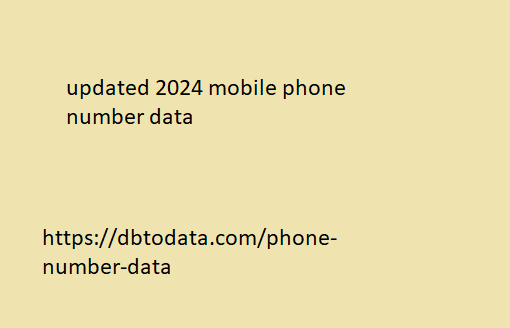AI is now found in almost every aspect of our daily lives, from movie suggestions on Netflix to voice assistants on smartphones. Well, prompt engineering is the technique behind all of this, aiming to provide clear instructions to AI systems so they can do their jobs more effectively.
It can be said that prompt engineering is a factor
that determines the quality of AI responses. So, if you can put together prompts well, you can also engineer the AI system to provide more accurate results and understand context better.
If you are still curious about what prompt engineering is, in this article we will discuss its definition, the importance of having prompt engineering skills today, and its career potential in the future. Let’s start the discussion right away! Scroll down and read until the end, okay?
Prompt engineering is a technique for giving clear instructions to AI so that it can provide more optimal results according to your wishes. Basically, this technique is the same as when you type keywords into a search engine to get the desired results.
This process involves choosing the right words or prompts to guide the AI model in making decisions or providing responses. So, instead of just giving the AI data to immediately provide the best results, prompt engineering optimizes how the AI understands and acts on the data.
As an analogy, you can think of an AI model as
Someone who is very smart, but sometimes too literal. It will do what you tell it to do, but sometimes it doesn’t mean what you mean.
This is where prompt engineering comes in, where if you know how to create the right prompts, you will teach the AI to better understand context, nuances, and ultimately provide more accurate results.
What is the Importance of Prompt Engineering?
No matter how good artificial intelligence is, it won’t be able to read your mind. It will rely on the prompts it receives to make decisions and respond.
Some AIs like ChatGPT also use Large Language Model and generative AI algorithms to learn human input and provide natural responses like everyday conversations.
The problem is, if you don’t provide detailed
prompts, you may not get the results you want. europe cell phone number list Just like when teaching a child something new, vague and specific prompts or instructions can lead to misunderstandings.
By learning prompt engineering, you can optimize the way you communicate with AI. Here, the human role is to encourage AI to understand not just the words used, but also the meaning behind them.
This technique will enhance the functions and capabilities of AI so that it can be relied on for a variety of tasks, from handling complex questions to providing personalized recommendations.
So, it can be concluded that prompt engineering is a weapon that equips AI to not only be a useful tool, but also a reliable assistant.
Some examples can be found in chatbots that only provide standard answers with chatbots that are able to understand what you need, as has been implemented in the Niagahoster live chat system.
Types of Engineering Prompts
To get optimal results, there are several strategies for communicating with AI, which are divided into several types of prompts. Each type of prompt will provide different responses, with different levels of detail.
In this section, we will explain the different types of prompts, each using its own method of interacting with AI. We will use ChatGPT to show you examples.
1. Direct Prompt
This type of prompt is the most basic nvolving direct 3 πράγματα που λείπουν από τον Σύλλογό σας για να προσελκύσουν μέλη Gen Z instructions or questions to the AI model. Whether to obtain information or ask a specific question, direct prompts provide clear instructions for the AI to immediately produce a response according to the command you gave.
direct prompt example
2. Role-playing Prompt
For scenarios where you want to give a certain character to the AI so that the tool generates responses according to the specified role, there is something called a role-playing prompt.
This type of prompt adds more narrative and context to the output the AI provides, bringing a more personal element to your interactions.
role-playing prompt example
3. Inverse Prompt
Inverse prompts flip your scenario by znb directory specifying the desired output, rather than the input. This type of prompt asks the AI to generate content with the criteria you want to avoid, allowing you to guide the AI system to produce a tailored response.
inverse prompt example
4. Contextual Prompt
Context is always an important factor in conveying clear information. So is the contextual prompt, which is a prompt given by considering previous interactions or information that has been given.
By integrating context, these prompts teach the AI to generate responses that are not only accurate, but also relevant and sustainable.





